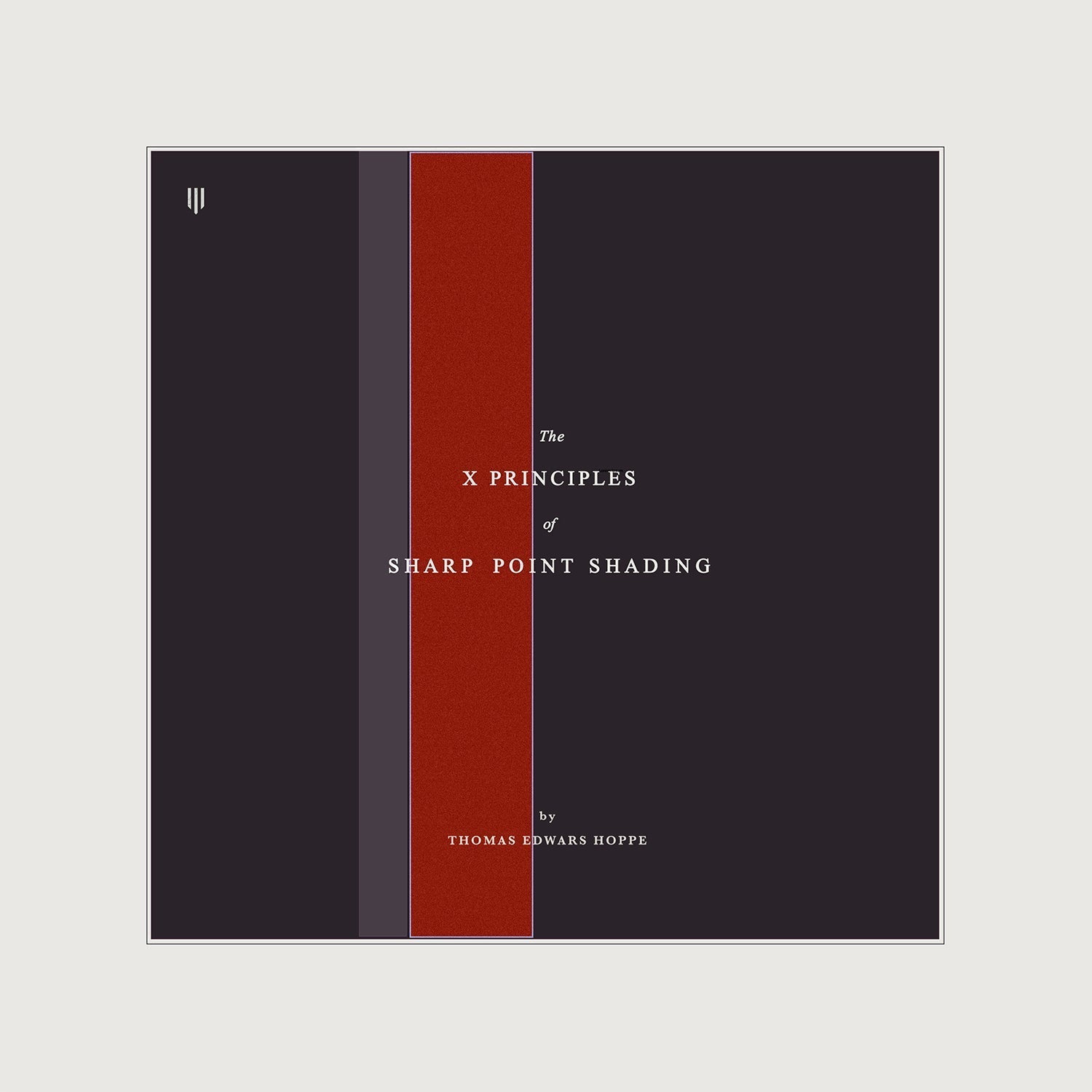Sharp point shading is not simply a technique. It is a discipline. Each principle is a rule of conduct, demanding attention from both hand and mind.
I. Never Work in Your Own Shadow
Do not draw in your own light. It strains the eyes, weakens endurance, and clouds judgment. To work in your own shadow is to invite obstruction in art and in life.
II. Protect Your Paper
Your paper is your ground. Guard it. Handle it carefully, shield it from sun, moisture, and oil. The work will last only if the foundation survives.
III. Keep Your Pencil Sharp at All Times
A sharp point is clarity; a dull point is weakness. Keep it sharp at all times. Find a way to draw even as you sharpen. The edge of the pencil is the edge of the sword.
IV. Shade in Forward Progression
Always move away from the body. Never drag backward. Progress forward on paper, progress forward in life.
V. Graze with a Delicate Touch
Begin as if shading air. Lower the point until it grazes the paper. The sharp edge requires the light hand.
VI. Avoid Fixed Hand Grips
A fixed hand is a dead hand. A living hand changes grip, adapts, and stays free.
VII. Never Touch a Shaded Area
Do not touch what is complete. The light will dull, the surface will smear. Protect the drawing through strategy and discipline.
VIII. Never Layer Soft Lead Over Hard
Graphite slides on graphite, not on clay. Lay soft dark lead first, then hard. The rule is hard over soft.
IX. Darken by Layering, Never by Force
Avoid applied force. Pressure destroys the tooth of the paper. Very little pressure in needed when working with a sharp point and light touch. We get dark tones by adding more layers.
X. Preserve the White of the Paper
We must always be aware of what to shade and what not to shade. Generally, the entire drawing will receive graphite with the exception being the highest value. Often this will be a small area such as the reflection in an eye. What we learn from this principle is that design precedes shading.
Closing note:
Strategy must be devised to meet the demands of these ten principles. They are intended to challenge the student to think, to plan, and to develop discipline. Wielding a pencil requires almost no effort. To reproduce an object on paper,simply observe and carefully draw what you see. Like a jigsaw puzzle - It takes some time, but the solution is right in front of you. The challenge of drawing has almost nothing to do with controlling a pencil, and everything to do with controlling your thinking.
Thomas Edward Hoppe

